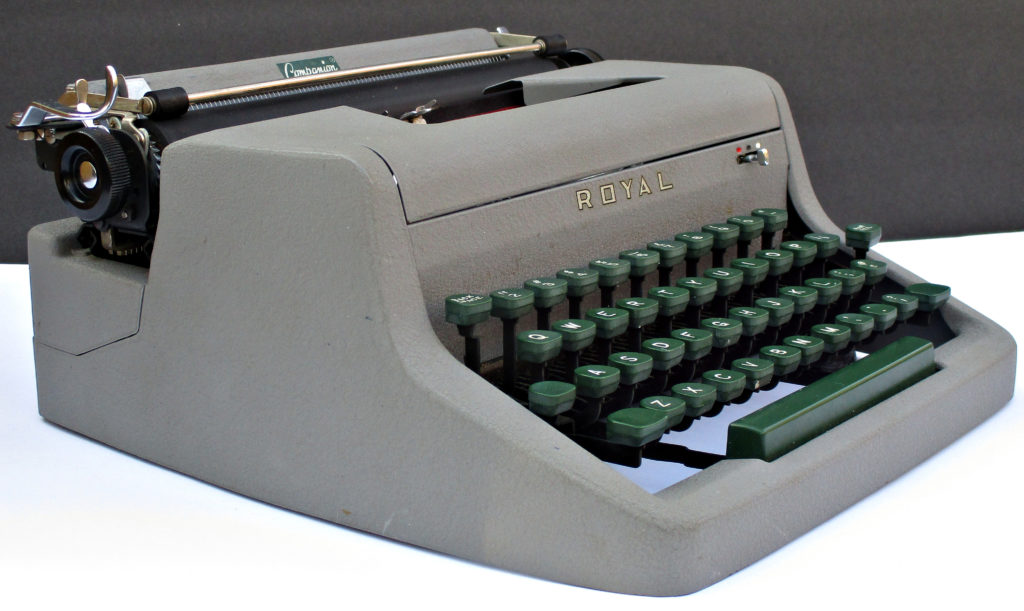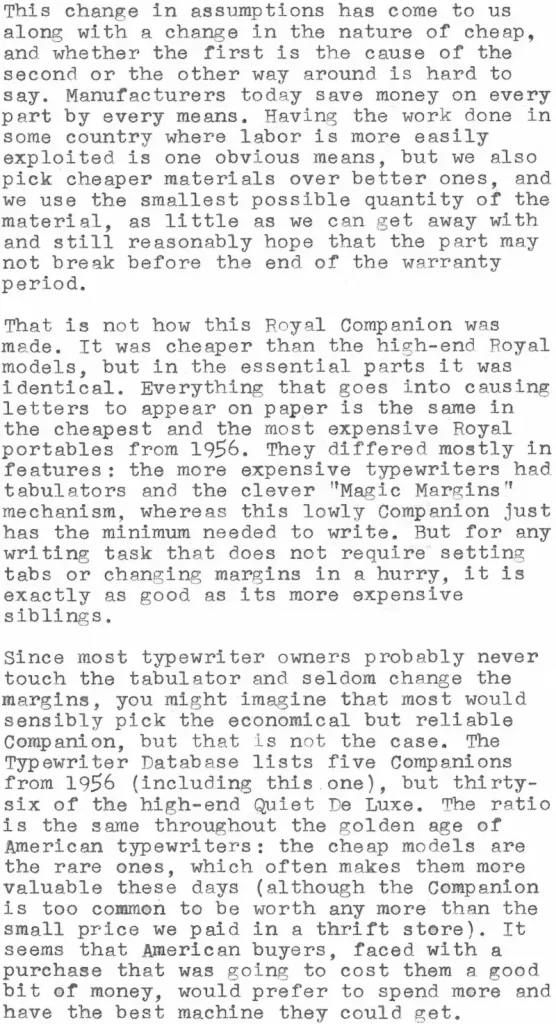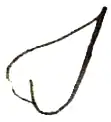



Transcribed below.
Here is a cheap typewriter, or what passed for cheap in the middle 1950s. It was as cheaply made as the assumptions of the era would allow.
In our present era, we sacrifice everything on the altar of price. But the 1950s were the tail end of an era in which it was taken for granted that a cheaper machine would noti be cheaply made. In 1956, you simply could not buy a bad typewriter. You could argue endlessly about which typewriter was best, but you could not find a bad one if you looked.
That is because the buyers of the time approached the buying decision with the assumption that they were buying something that would last many years. That was the baseline. Whatever expenses could be shaved off that would not affect the durability of the machine might be acceptable in the market, but you could not sell a typewriter that would fail to work for a long time to come.
The assumption the buyer was making, in other words, was that, while a typewriter might be a substantial investment, it was an investment that would have to be made only once. After that, the buyer would have a typewriter. It might need a bit of maintenance every so often — that was to be expected. But the cost of maintenance would be so much less than the cost of a new typewriter that it would be worth having the work done.
This is not the way we buy things today. We will sacrifice 90% of the life of a thing to shave 10% off the price. Whether that is a good thing or a bad thing is a question for the economists. But it does mean that we have gradually come to accept a very short life span even for major purchases.
This change in assumptions has come to us along with a change in the nature of cheap, and whether the first is the cause of the second or the other way around is hard to say. Manufacturers today save money on every part by every means. Having the work done in some country where labor is more easily exploited is one obvious means, but we also pick cheaper materials over better ones, and we use the smallest possible quantity of the material, as little as we can get away with and still reasonably hope that the part may not break before the end of the warranty period.
That is not how this Royal Companion was made. It was cheaper than the high-end Royal models, but in the essential parts it was identical. Everything that goes into causing letters to appear on paper is the same in the cheapest and the most expensive Royal portables from 1956. They differed mostly in features: the more expensive typewriters had tabulators and the clever “Magic Margins” mechanism, whereas this lowly Companion just has the minimum needed to write. But for any writing task that does not require setting tabs or changing margins in a hurry, it is exactly as good as its more expensive siblings.
Since most typewriter owners probably never touch the tabulator and seldom change the margins, you might imagine that most would sensibly pick the economical but reliable Companion, but that is not the case. The Typewriter Database lists five Companions from 1956 (including this one), but thirty- six of the high-end Quiet De Luxe. The ratio is the same throughout the golden age of American typewriters: the cheap models are the rare ones, which often makes them more valuable these days (although the Companion is too common to be worth any more than the small price we paid in a thrift store). It seems that American buyers, faced with a purchase that was going to cost them a good bit of money, would prefer to spend more and have the best machine they could get.
We still face the decision of whether to buy the cheap thing or the more expensive thing today, but the considerations that go into making the decision are different. We worry that if we buy the cheap thing it might break shortly after we get it home, or that it might never work at all. We worry that if we buy the more expensive thing, it might break just as soon as the cheap thing, and we would have wasted our money.
The social movements that caused this change to creep up on us gradually would be hard to trace in detail, although some graduate student is certainly working on the project right now, and some other graduate student is working on the same research and coming to opposite conclusions. The end result is not hard to see, though. This article is being written on a typewriter that has survived since 1956 and still works just fine, even after enduring the curious children in the thrift store. It will then be scanned and processed through a computer that probably has another two years to live at most. It was a cheap typewriter; it was a cheap computer. But “cheap” means two different things.

Leave a Reply